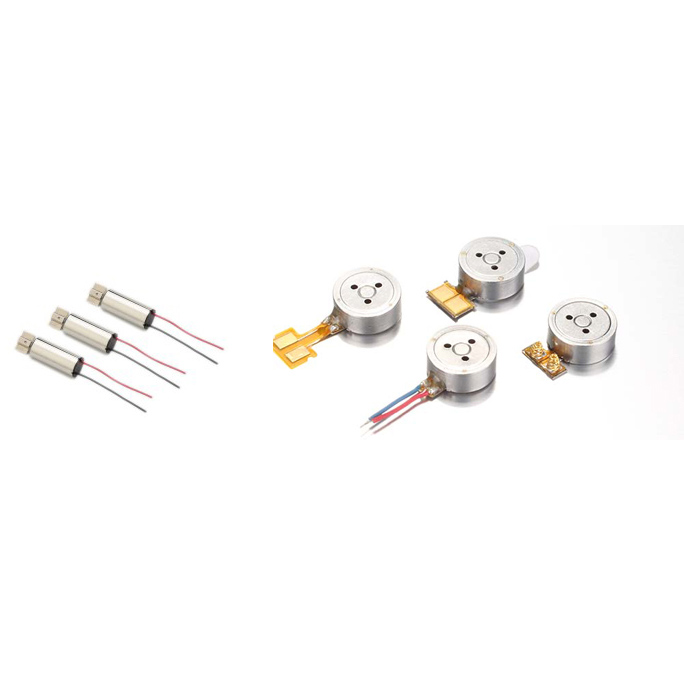The vibration of a mobile phone is actually a category of micro vibration motors.
Mobile phones are a necessity for modern people. They have quietly changed our lives. When there is a phone call, we don’t want to affect the surrounding friends, the vibrating sounds, remind us…
Vibration Motor Principle
“Motor” means an electric motor or an engine.
The electric motor uses the energized coil to be driven by the electromagnetic force in the magnetic field to drive the rotor to rotate, thereby converting electrical energy into mechanical energy.
Phone Vibration Motor
At least one small motor is included in all mobile phones.
When the mobile phone is set to the mute state, the incoming call information pulse is converted into a driving current, and the motor is rotated by the current.
When the rotor shaft end of the motor is equipped with an eccentric block, an eccentric force or an exciting force is generated when the motor is rotated, which causes the mobile phone to periodically vibrate, prompting the holder to answer the call, and the prompt function that does not affect others is achieved.
The vibration motor in the old mobile phone is actually a dc vibration motor, the power supply voltage is about 3-4.5V, and the control method is no different from the ordinary motor.
Smartphone Vibration Motor and Type
The most original mobile phone has only one vibration motor. With the upgrade and intelligentization of mobile phone application functions, the enhancement of camera and camera functions, today’s smartphones should have at least two motors.
In the field of smart phones, the vibration motor can be divided into two categories: “rotor motor” and “linear motor”.
Among them, the principle of the rotor motor is to use electromagnetic induction to drive the rotor rotation with the magnetic field caused by the current to produce a full range of extreme tremor experience.
The advantages of the rotor motor are mature technology and low cost. It is also standard for most mid-to-high end and almost all mainstream price phones.
The principle of a linear motor is similar to the mechanism of a pile driver. It is a spring mass that internally moves in a linear form, which directly converts electrical energy into a launching module of linear motion mechanical energy.
At present, the linear motor can be subdivided into two types: a transverse linear motor (XY axis) and a circular linear motor (Z axis).
In addition to vibration, the horizontal linear motor can also bring displacement in four directions of front, rear, left and right.
The circular linear motor can be regarded as an advanced version of the rotor motor, with a compact, end-to-end experience.
According to the industry chain, the rotor motor costs about $1, while the highest quality horizontal linear motor costs as much as $8 to $10, and the cost of a circular linear motor is centered.
Post time: May-05-2019






